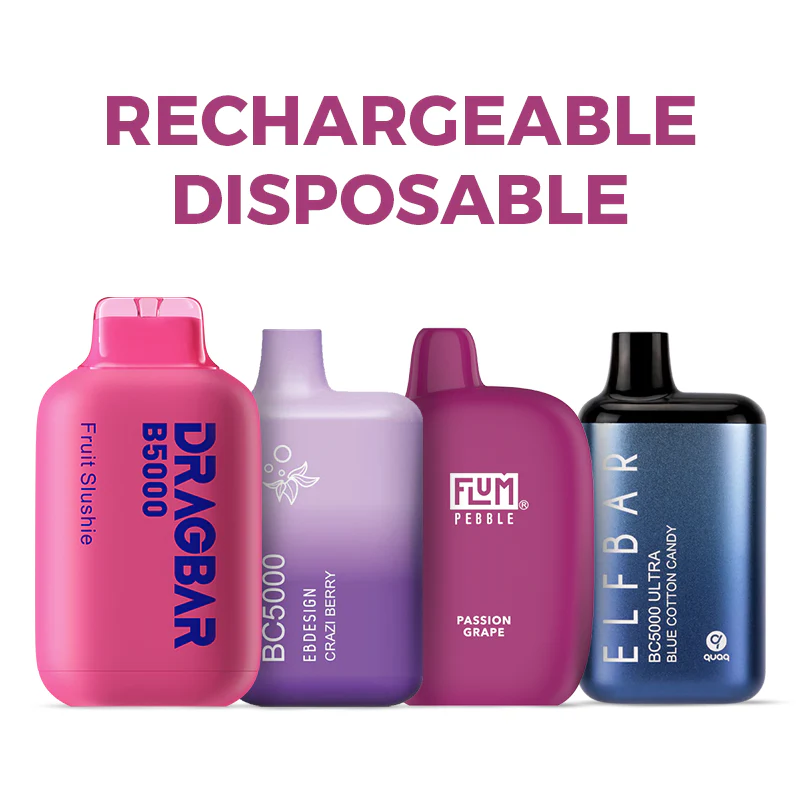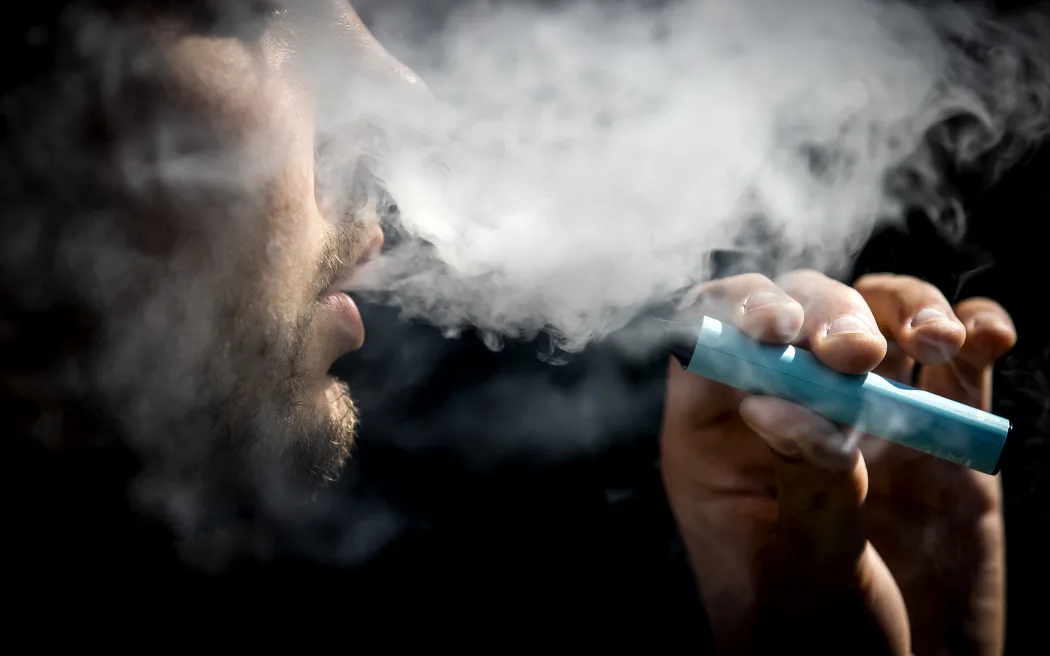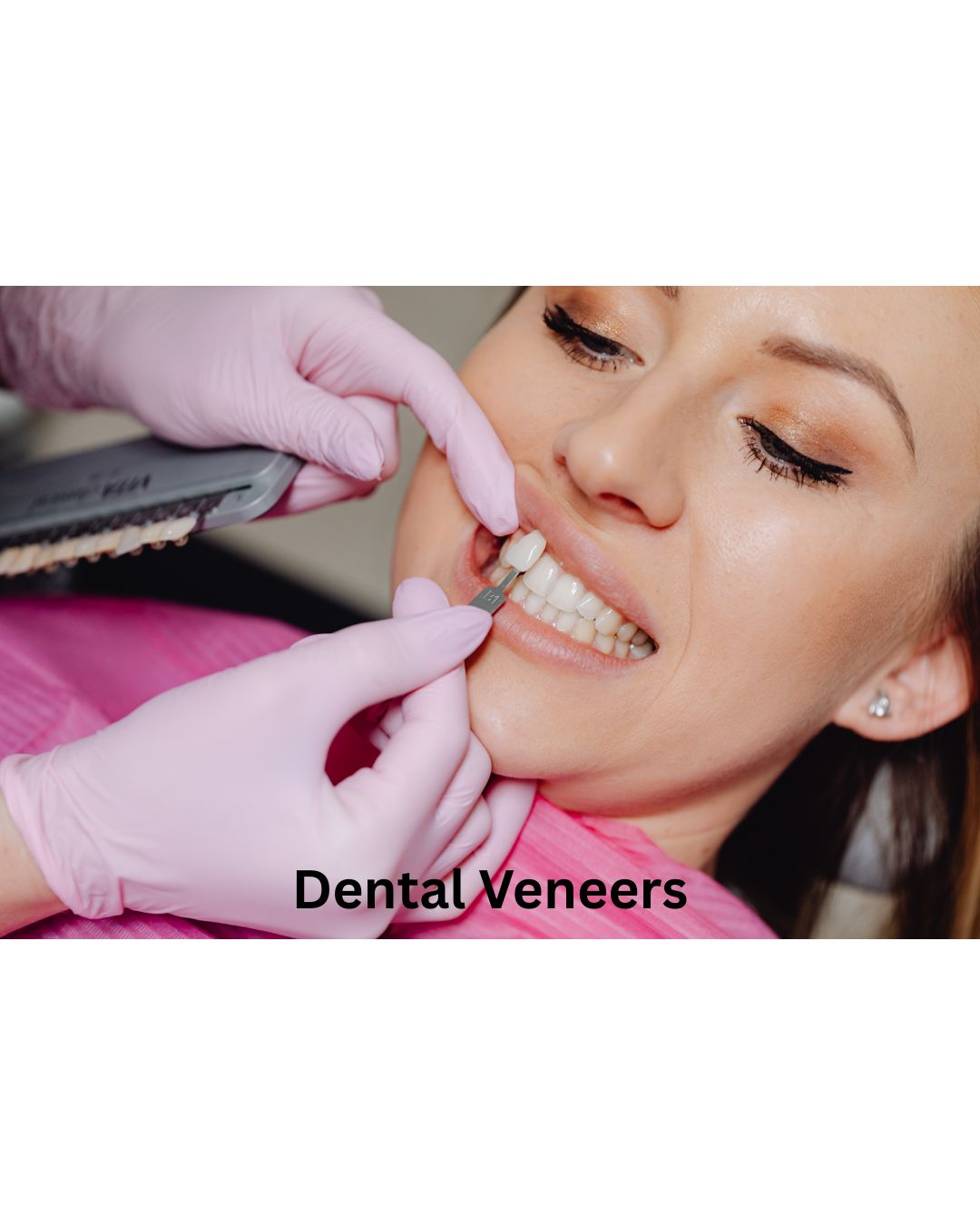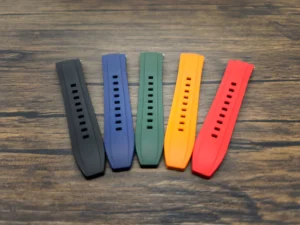Is Vaping a Safer Choice? Exploring Premium Disposable Vapes
Vaping has been in the spotlight for years now, often discussed as an alternative to traditional tobacco smoking. But as interest continues to grow—especially in products like the premium disposable vape—many are wondering: Is vaping truly safer, or is it just a modern take on an old habit?

In this blog post, we’ll break down the facts, look at how disposable vape devices work, and help you understand what’s behind the term “safer.” Whether you’re just curious or thinking about switching from cigarettes, this guide will give you the info you need, in a down-to-earth, no-fluff style.
Understanding Vaping and Safety
Vaping involves inhaling aerosol (commonly referred to as vapor) produced by heating a liquid, often containing nicotine, flavorings, and other chemicals. Unlike cigarettes, there’s no combustion, which means fewer harmful byproducts are released.
So, does that make it safer? Let’s take a closer look.
What’s in a Vape?
Most vape liquids include:
- Propylene glycol (PG) and/or vegetable glycerin (VG): These are common food additives used as the base for vape liquids.
- Nicotine: A highly addictive substance also found in cigarettes.
- Flavorings: These can vary widely and are often the biggest unknown in terms of long-term health effects.
- Other additives: Some premium disposable vapes may include cooling agents or other enhancers.
Unlike tobacco smoke, which contains tar and thousands of chemicals (many known to cause cancer), vapor from e-cigarettes contains fewer toxic substances. That’s a key reason vaping is often considered a less harmful option.
But “less harmful” doesn’t mean harmless.
Health Agencies’ Perspective
Most public health authorities, including the UK’s NHS and the U.S. Centers for Disease Control and Prevention (CDC), agree on a few points:
- Vaping is likely less harmful than smoking traditional cigarettes.
- It’s not risk-free, especially for youth, pregnant individuals, or non-smokers.
- Long-term health effects are still being studied.
Why Premium Disposable Vapes Are Gaining Attention
You’ve probably seen premium disposable vape devices in convenience stores or online. These are often marketed as simple, no-maintenance options for those who want to vape without the hassle of refilling or replacing parts.
Let’s break down what makes them appealing.
What Makes a Vape “Premium”?
A premium disposable vape usually includes:
- Higher build quality and better materials
- Enhanced battery life (often USB-C rechargeable vape systems)
- Consistent flavor and vapor production
- Leak-resistant designs
- Pre-filled, high-capacity e-liquid reservoirs
These features can make vaping feel smoother and more satisfying, particularly for users transitioning from smoking.
The Rise of USB-C Rechargeable Vape Devices
Disposable doesn’t always mean single-use anymore. Some premium models are now USB-C rechargeable vape devices, combining convenience with better sustainability.
Here’s why that’s a big deal:
- USB-C charging is faster and more efficient than older USB types.
- Rechargeable options reduce battery waste.
- You get more usage per device, making them more cost-effective in the long run.
This hybrid model offers the ease of a disposable with some benefits of reusable devices.
How Vaping Compares to Smoking
If you’re currently a smoker wondering whether switching to a vape, particularly a premium disposable vape, makes sense, here’s how the two stack up.
Health Risks: Smoking vs. Vaping
| Factor | Cigarette Smoking | Vaping (Disposable) |
| Combustion | Yes (burns tobacco) | No combustion |
| Tar and carcinogens | Present | Greatly reduced |
| Nicotine content | Yes (varies) | Yes (also varies) |
| Secondhand exposure | High | Lower, but still present |
| Long-term health data | Well-documented risks | Still under study |
While vaping eliminates many harmful byproducts of burning tobacco, it’s not entirely without risk. Nicotine remains a central issue, especially when considering addiction.
Nicotine Addiction: Still a Concern
Most disposable vape devices contain nicotine, sometimes at high levels. For someone trying to quit nicotine altogether, even a premium product can keep the addiction going.
However, some use vaping as a step-down method—starting with high-nicotine products and gradually reducing intake.
If you’re using a premium disposable vape, check the nicotine strength on the label. Nicotine salt formulas, common in many devices, deliver nicotine more efficiently, which can make quitting harder if not managed carefully.
Making an Informed Choice
If you’re exploring vaping as a smoking alternative, here are some things to consider:
Pros of Using a Premium Disposable Vape
- Ready to use out of the box
- No need for refilling or replacing coils
- Compact and discreet
- USB-C rechargeable vape designs are more sustainable
- Available in various nicotine strengths and flavors
Things to Watch Out For
- Still addictive (most contain nicotine)
- Long-term health effects are not fully known
- Easy to overuse due to high nicotine content
- Disposables, even rechargeable ones, contribute to e-waste
Final Thoughts: Is Vaping a Safer Choice?
Switching from smoking to vaping, especially with a premium disposable vape, could reduce your exposure to harmful chemicals. Many people have used vaping to successfully quit smoking. But it’s important to remember that safer does not mean safe. Nicotine addiction, unknown long-term effects, and environmental concerns are all valid issues.
If you’re thinking about making the switch, here’s a simple checklist to guide you:
✅Are you a current smoker trying to quit or reduce harm?
✅ Do you understand the nicotine content in your vape?
✅ Have you considered a USB-C rechargeable vape for sustainability?
✅ Are you staying informed about health risks as research evolves?
The key is to make choices with your eyes open. Whether you vape or not, staying informed and intentional about your habits is what matters most.











